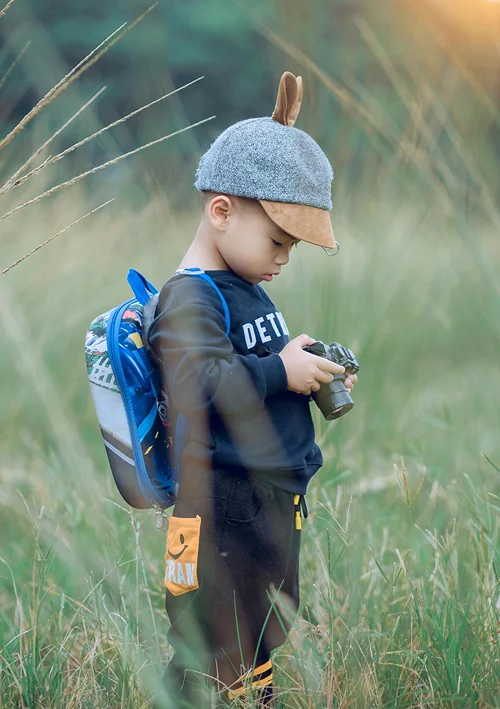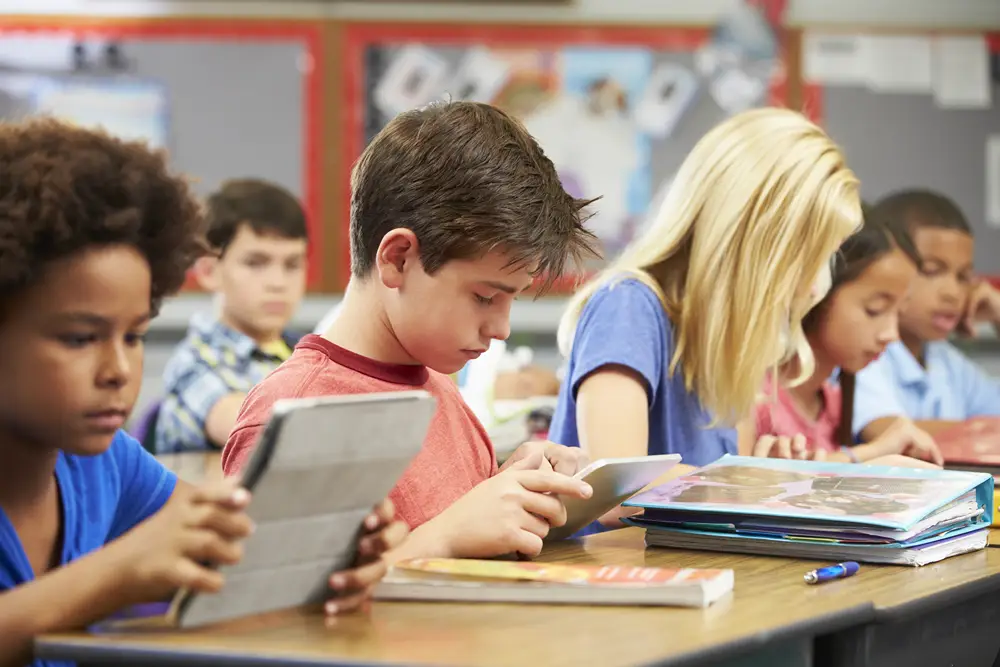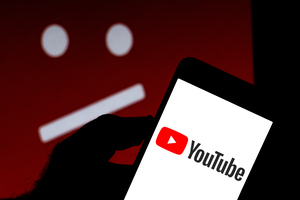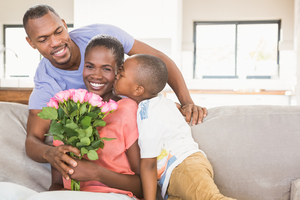What Analog Cameras Can Teach Kids About Digital Responsibility
You can snap and share a selfie within seconds. So, it’s easy to forget that photos weren’t instant until fairly recently. Analog cameras, especially film and disposable ones, were the mainstream option. And maybe more importantly, they were a more thoughtful way to take pictures.
Today, cameras are everyday tools that can help you teach kids about digital responsibility. By encouraging patience, intention, and care with content, analog photography gives children a fun and hands-on way to explore the meaning of media ownership in a digital world.
Understanding the Value of Each Shot
There are many ways to teach kids responsibility. However, photography is especially suitable because it’s become something everyone does daily. With a modern phone, kids can take hundreds of pictures without thinking.
Film cameras are a different story because every click matters. They only give you a limited number of exposures, usually 24 or 36. With this hard limit, kids can learn to pause and consider whether a picture is worth taking. And that’s something a child would never consider with a phone camera. With its gigabytes of memory, kids rarely learn resource management. It’s a subtle lesson but an important one.
Teaching Kids Mindful Sharing Through Photography
Choosing which moments to preserve helps kids focus on what matters. Instead of snapping away without thinking, they learn to observe, frame and reflect. This mindfulness can carry over to how they behave online, especially regarding what they post or share.
You can talk about this to see how kids understand the process. Ask them why they chose to take a specific photo and what made a moment stand out for them. These questions connect their intention and action, a key part of teaching them to be thoughtful online and offline.
Bridging the Analog and Digital
Once kids have taken a bunch of physical photos, they will learn to be more thoughtful. However, some things won’t change. They’ll still want to share them with friends or post them online. And that’s fine because you can also teach them to turn physical photos into digital files. You can help children convert analog photos into digital versions even if you’re not a film pro. Some tools make it easy to digitize disposable camera photos. So, as they learn the value of patience, they’ll also learn to manage digital content responsibly.
By walking kids through this process, you connect old and new. You reinforce that while the tools may change, the core ideas remain unchanged. Think before you share, and respect others in the content you create. It’s also a great chance to discuss practical stuff, like digital storage and online privacy. These are real-world skills your kids will use every day throughout their lives.
Embracing Patience and the Art of Waiting
One of the biggest differences between analog and digital photography is the wait. With film, you don’t get to see the photo right away. You have to develop it or send it out to be processed. That delay builds anticipation and teaches patience. This delay can be surprisingly powerful in a world driven by instant results. To their shock, kids will learn that you must wait for some things and that it’s sometimes worth it. This small act of waiting will show that time and effort lead to better results.
For example, after taking photos, encourage children to guess what their pictures will look like once developed. This creates space for conversation and reflection. It also helps them understand that digital content doesn’t always need to be shared immediately and that waiting can sometimes result in better decisions and outcomes.
Learning Content Ownership and Respect
When a child holds a physical photo they took, it feels real. They remember taking it, and they have a sense of pride in the outcome. This physical connection can lead to important discussions about ownership, sharing, and privacy. Unlike digital files that can be copied, edited, and posted instantly, a printed photo encourages more care. Kids start to think about how a picture might make someone feel. They might hesitate before showing a photo to others without asking first.
This is a great opportunity to talk about online behavior. Explain how the same respect shown with physical photos should apply to digital ones. Ask questions like, “Would you want someone to post a picture of you without asking?” These conversations can lead to lasting habits of empathy and responsibility. Using analog cameras is one way to teach kids about digital responsibility through natural experience. It shows that once something is created, it’s out there and that we need to think about what we share and why.
Get Started with Analog Photography
If you want to teach kids to be more responsible with their possessions, don’t worry — analog cameras aren’t a pricey investment. A basic disposable camera is a bargain and easy to use. You can find them online or at local stores. Plus, flea markets are usually a treasure trove of older cameras that offer more control. Here are a few tips to get started:
- Set a theme. Choose a subject like nature, friends, or a family outing. This gives kids a goal.
- Make it a project. After developing the photos, create a scrapbook or digital slideshow together.
- Discuss photo choices. Ask what they learned from the experience and how it compares to using a phone.
For classrooms, consider turning this into a group activity. Each student can get a camera or share one with a partner. After developing the photos, they can present their favorite images and explain their choices. This builds not just digital responsibility, but communication and storytelling skills.
Also, walk them through basic steps like labeling files and choosing privacy settings. Most importantly, they should be taught to ask permission before sharing someone else’s photo. With lessons like these, they’ll become more creative and safer online.
Letting the Past Shape Better Digital Habits
Analog cameras are more than nostalgia bait. They’re a great tool that can teach kids about digital responsibility. As a bonus, they’ll also learn to be more patient and creative. They’ll slow down and start making thoughtful choices. All of this may also help them stay safer in the digital world.




